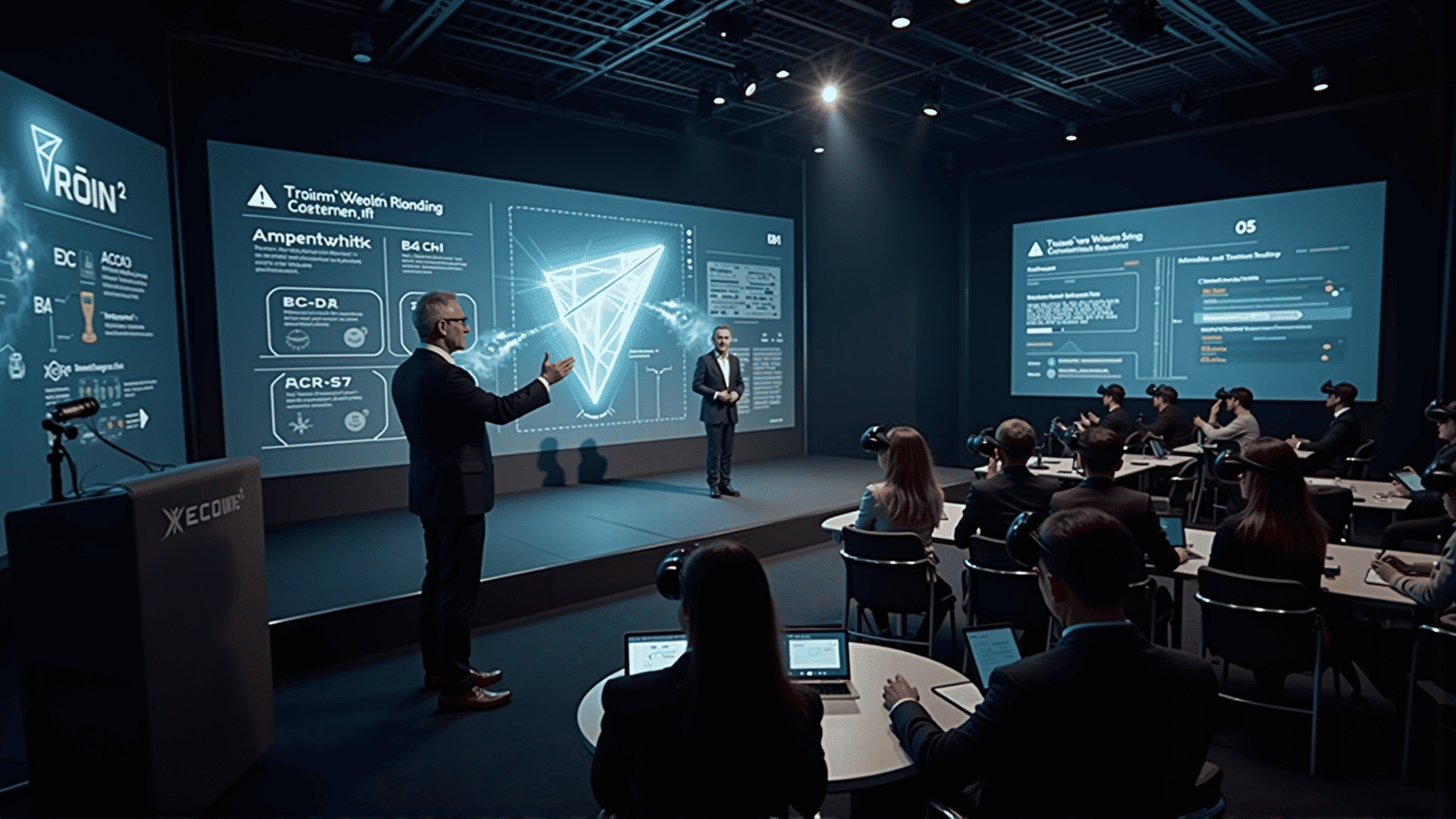In recent years, technology has dramatically reshaped the landscape of conferences and public speaking events, transforming them into vibrant, interactive experiences that transcend geographical boundaries. Across Poland and the globe, these changes are creating a more engaging and efficient future for such gatherings.
One of the most significant developments is the integration of virtual and hybrid event formats. Empowered by advanced streaming technologies and high-speed internet, conferences can now reach global audiences without geographical constraints. In Poland, events like the European Tech and Start-up Days exemplify this trend by combining in-person sessions with virtual ones, allowing attendees from every corner of the world to participate and interact in real-time.
Augmented reality (AR) and virtual reality (VR) are also making waves, turning passive audiences into active participants. Imagine attending a technology summit in Warsaw where you don AR glasses to view 3D projections of the latest tech innovations or dive into virtual environments that bring concepts to life. These technologies not only capture attention but also enhance understanding by providing immersive experiences.
Another transformative trend is the use of artificial intelligence (AI) to personalize attendee experiences. AI-driven platforms can analyze audience data to craft tailored agendas, recommend relevant sessions, or suggest networking opportunities with like-minded individuals. This personalization ensures that each attendee garners maximum value from their participation, fostering a more satisfied and engaged audience.
Interactive tools like live polling, Q&A sessions, and social media integration are also redefining conference dynamics. Platforms such as Slido and Mentimeter are widely used in Poland and beyond, offering attendees the chance to voice opinions, engage in discussions, and influence the direction of sessions. Such tools democratize conference environments, turning attendees from passive listeners into active contributors.
Moreover, sustainability in conferences is gaining attention, driven by growing environmental consciousness. Technology facilitates eco-friendly practices, from digital ticketing and online schedules to virtual swag bags and reduced travel needs through hybrid attendance options. Many Polish events are at the forefront of adopting these practices, promoting a more sustainable approach to event management.
In addition, the use of big data analytics provides deep insights into attendee behavior and preferences. Conference organizers can now track engagement metrics and feedback in real-time, allowing for rapid adjustments to sessions and enhancing the overall event experience. This data-driven approach not only improves current events but also helps in planning more effective future conferences.
Finally, networking, a cornerstone of conferences, is being revolutionized by technology. Advanced networking platforms enable attendees to schedule meetings, engage in virtual chats, and maintain connections long after events have concluded. These tools are bridging the gap between online and offline interactions, enriching the professional networking landscape.
In conclusion, the future of conferences and public speaking events is bright, dynamic, and inclusive, shaped by continuous technological innovations. As Poland and the rest of the world embrace these changes, we can expect conferences to become more accessible, engaging, and efficient. The fusion of technology and human interaction promises to create a richer, more impactful conference experience for all.
